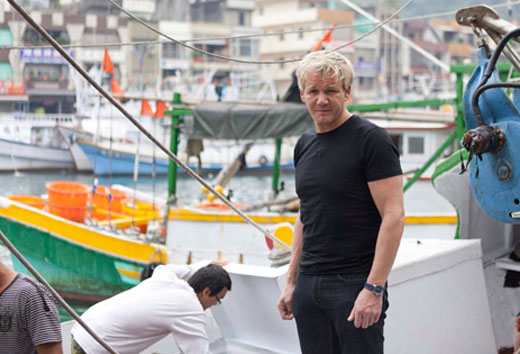What was the highlight of your ENR Scholars experience over these past two years?
The highlight of my ENR Scholars experience has been having the chance to be a Peer Mentor. I’ve loved getting to know the first years as well as staying involved with the program overall, with the friends I made from my first year in the program, and with the amazing advisors.

What is something you learned or gained because of ENR?
I have gained technical and factual information and new experiences about ENR Scholars, like backpacking, camping, slacklining, hammocking, the best banana boats I’ve ever had, and so much more. However, when I think about what ENR has given me, I think about the people. Like many students, finding a community or set of communities in college was a challenge at times; I came in as an Exploration major, so I tried out a lot of different classes and areas. This meant that while I was blessed to be able to look into many different avenues, I didn’t build the community of having classes with the same people. ENR Scholars filled that role; while maybe they weren’t in my calculus, theatre, sociology, or Spanish classes, they were the people I lived with, and we all walked over to Scholars seminar each week. Now that I’ve declared my major, I see many of those people around campus and in class, and many of my best friends here in college come from ENR Scholars.
For the sake of environmental impact, did you make any changes to your habits or actions over the course of the two years in the program? If so, is it something you will continue to do? If you’re moving off campus next year, are there other actions you’re hoping to take or develop?
Because of its environmental impact, I’ve stopped using plastic cutlery/utensils. I’ve also started bringing my own reusable coffee mug around with me. ENR Scholars made these shifts easier as it was simply part of the culture; all around me, people had their own utensils and mugs, so the transition felt very natural. I absolutely plan on continuing with those actions, and as I move off campus, I’m hoping to really take a more active approach to where my food comes from. My future roommates and I have already discussed certain food sources, and I look forward to embarking on that new journey!
What advice would you give to the next class of incoming ENR scholars—how can they get the most out of this program?
This is a bit cliché, but it’s true: you get out of it what you put into it. ENR Scholars can be a major part of a person’s college experience, or it can play a very limited role. “Putting into it” can be as simple as attending the events, not just because you’re required, but rather going to ones that actually interest you. And when you’re there, be there. Be engaged with your fellow scholars to build that community.















